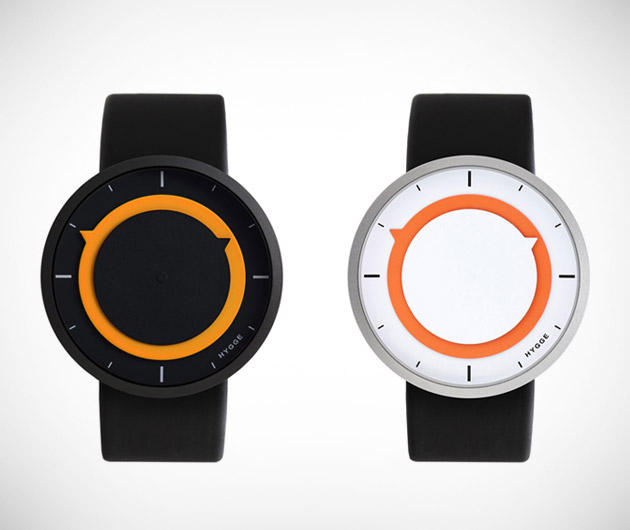ROLEX’S UNEXPECTED GAMBIT: THE WATCH NOBODY PREDICTED
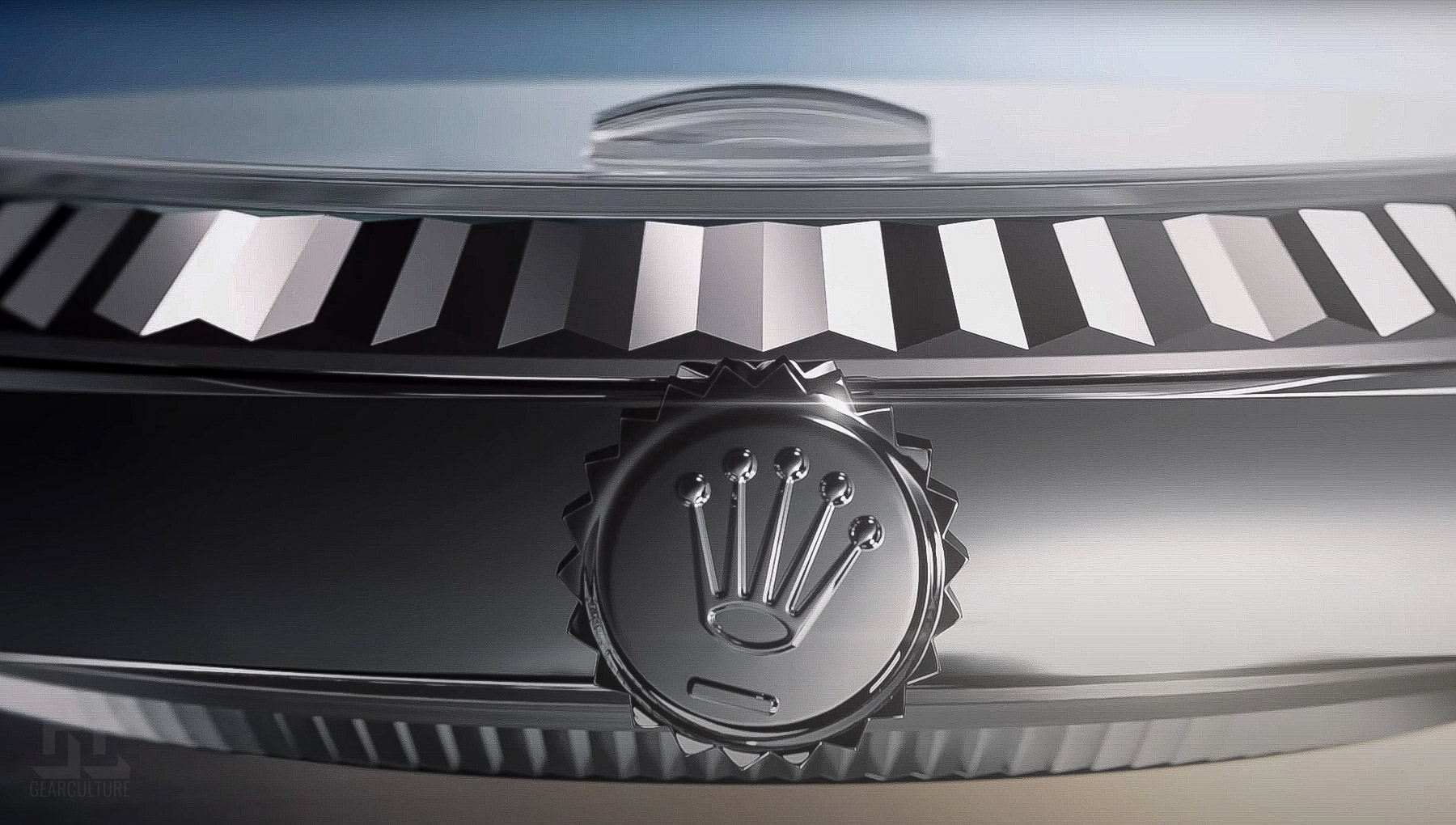
That cryptic video Rolex just dropped has me obsessively analyzing every frame. What are we looking at? Something revolutionary from the most traditionally-minded watchmaker on the planet.
Rolex doesn’t do radical. The Crown builds its reputation on glacial evolution – a millimeter adjustment here, a subtle refinement there. Yet here we are, staring at what appears to be their most dramatic departure in decades. The evidence is hiding in plain sight.
Those brief flashes reveal a case profile unlike anything in their current catalog. Where’s the familiar Oyster case bulge? Gone. Instead, we see something sleeker, more angular, with distinctly flatter sides. The video deliberately cuts away before showing how the lugs connect to the bracelet. Why hide this specific detail unless it’s dramatically different from everything else they make?
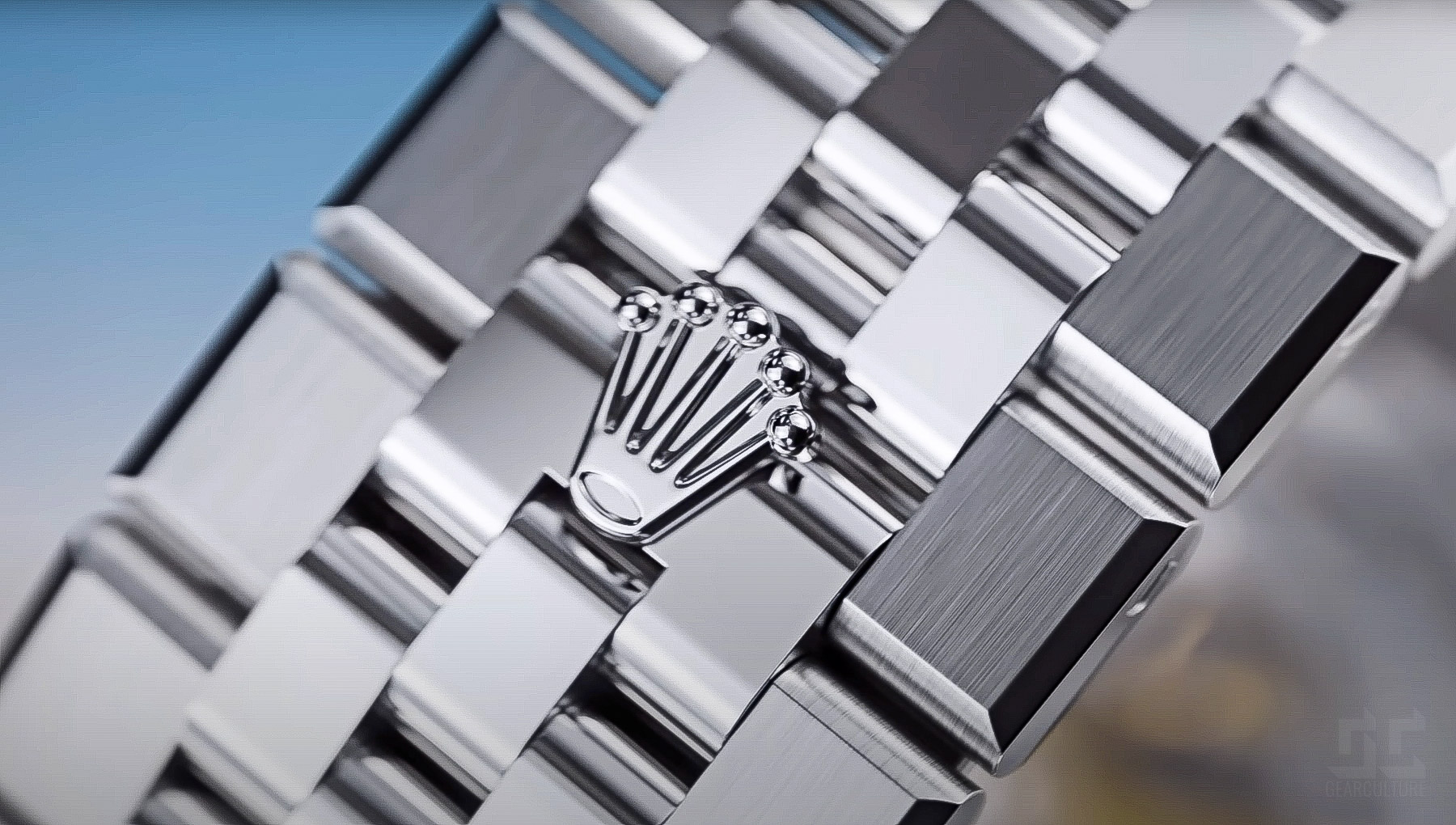
The bracelet itself tells an even more compelling story. My jaw literally dropped when I caught that split-second glimpse. Flat links! On a Rolex! For those who don’t obsess over these details like I do, this is equivalent to Ferrari suddenly making a pickup truck. The design language appears to merge Jubilee-style aesthetics with the flat-link approach popularized by integrated bracelet icons like the Royal Oak. And that hidden crown clasp? Pure luxury – a detail Rolex reserves for their most prestigious offerings.
Embracing an integrated case and bracelet design would be Rolex admitting that a design trend they’ve ignored for nearly 50 years has permanent merit. That’s not something they do lightly. Remember the Oysterquartz? Back in 1977, facing the existential threat of quartz technology, Rolex created its own angular, integrated-bracelet quartz watch. It was brilliant, ahead of its time, and completely un-Rolex-like. Fast-forward to today, and this new model seems to channel that same willingness to break their own rules when the moment demands it.
The technical hints might be even more groundbreaking than the design elements. Watch the teaser again and focus on the movement glimpses. That’s not a standard Swiss lever escapement. The configuration strongly suggests a natural escapement with dual escape wheels – a holy grail of watchmaking that eliminates the need for lubrication at the most critical point of the movement. Abraham-Louis Breguet first conceived this idea over 200 years ago, but manufacturing limitations made mass production impossible. Has Rolex solved this centuries-old challenge?
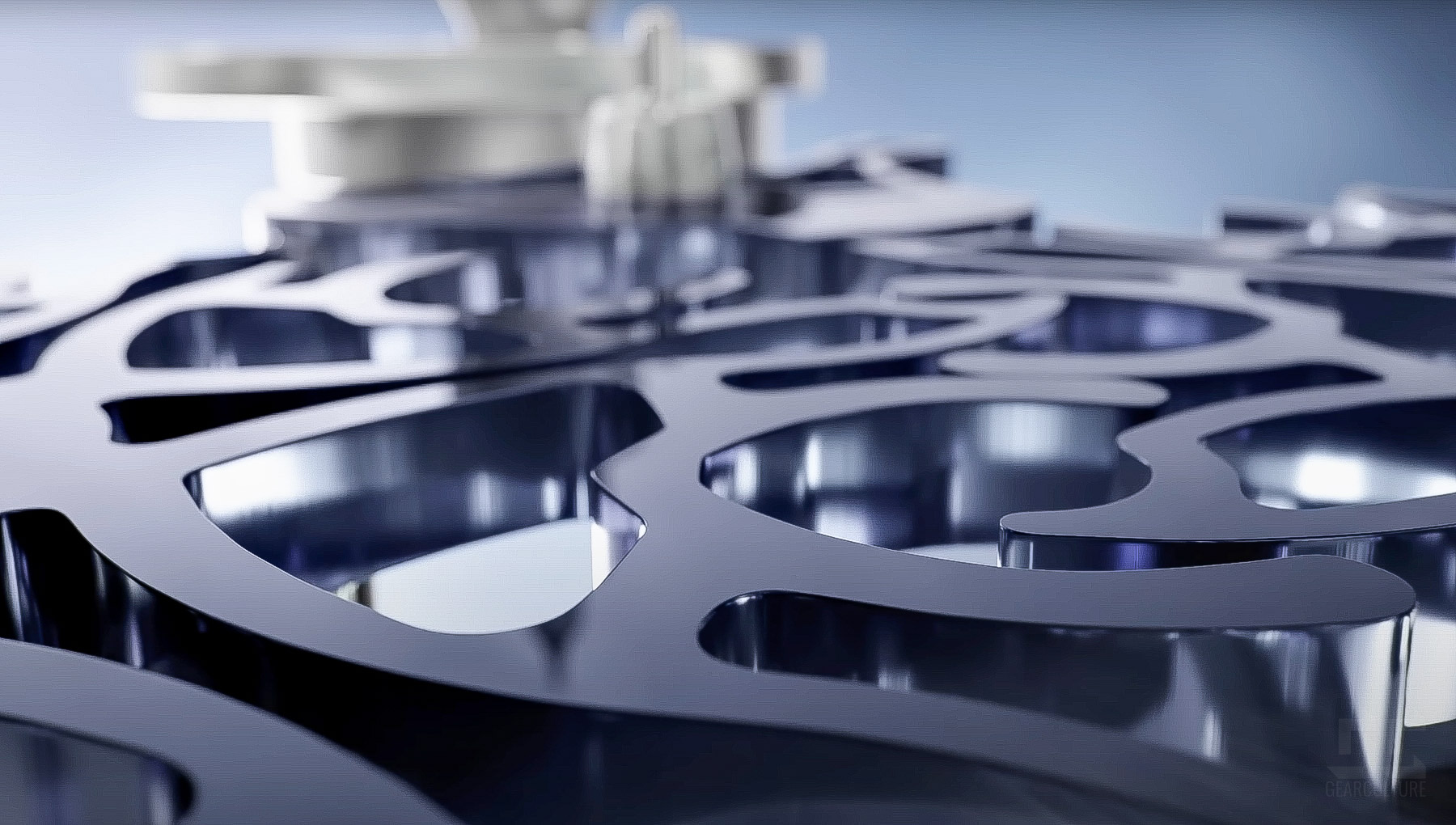
Their secret weapon appears to be Syloxi – that distinctive blue-purple silicon material they’ve been using for hairsprings since 2014. The teaser prominently features this material, and both escape wheels appear to be manufactured from it. Silicon’s properties are perfect for this application: it’s lightweight, antimagnetic, temperature-resistant, and requires no lubrication. Implementing this technology at scale would be a manufacturing triumph that could fundamentally change mechanical watchmaking.
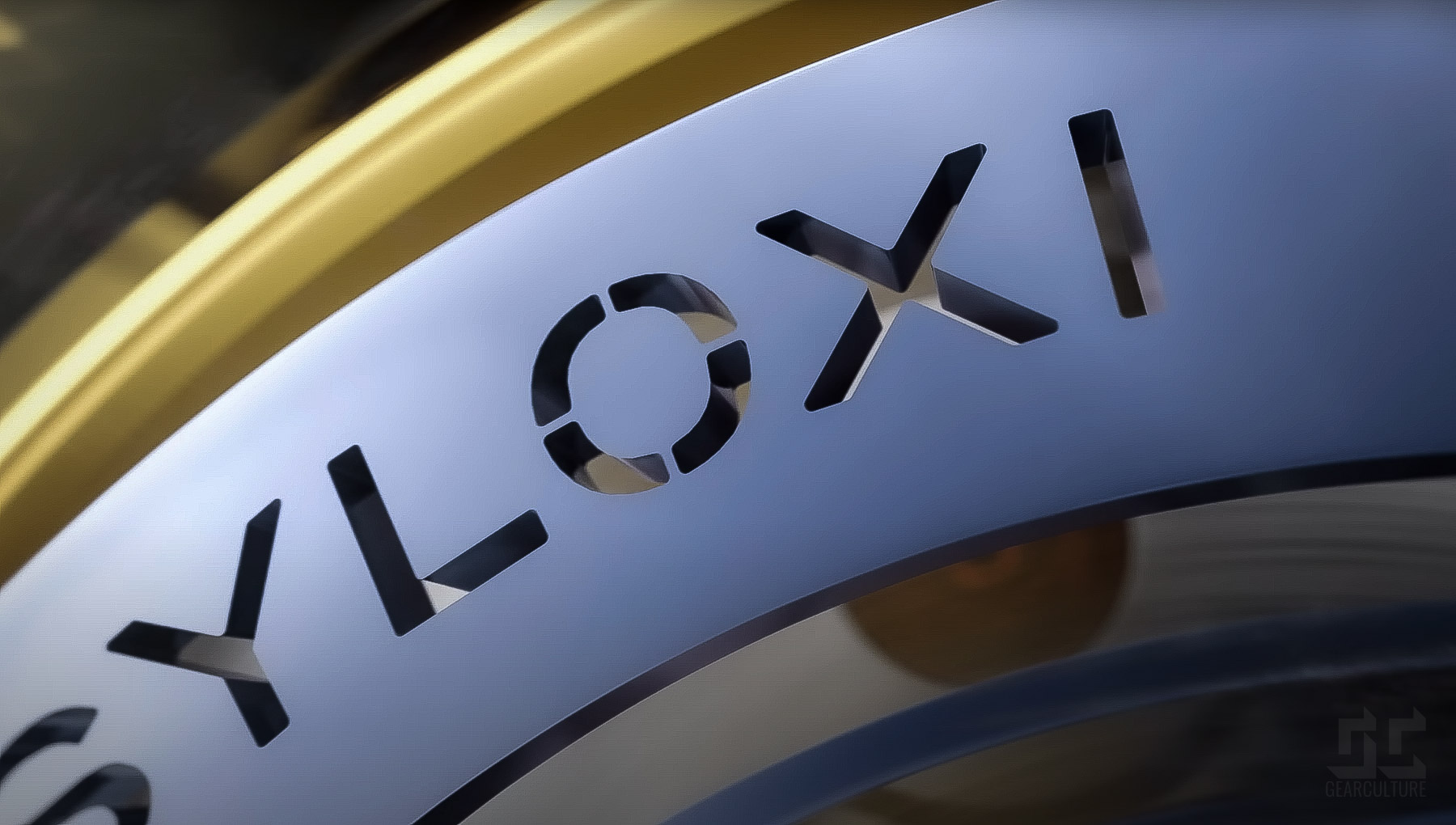
Now about that rumored “Land-Dweller” name that’s been circulating. When those alleged leaked images first appeared online, I laughed them off. The name seemed too literal alongside Sea-Dweller and Sky-Dweller. The honeycomb dial pattern looked busy and uncharacteristic of Rolex’s clean aesthetic. But after seeing the official teaser, I’m reconsidering my skepticism.
The case profile, bracelet design, and clasp in the teaser match details visible in those supposed leaks. More tellingly, certain frames hint at what could indeed be a textured dial with a honeycomb pattern. Could Rolex really be embracing such a distinctive dial texture? It would be unprecedented, but then everything about this watch seems to break with tradition.
The timing couldn’t be more interesting. The luxury watch market has cooled significantly since the post-pandemic frenzy that saw Rolex sports models selling for multiples of their retail prices. A genuinely innovative new release could reignite enthusiasm at a critical moment. Competitors who have dominated the integrated bracelet category – Audemars Piguet, Patek Philippe, Vacheron Constantin – will be watching nervously. When Rolex enters a category, they typically redefine it.
If they’ve truly mastered mass production of a natural escapement, the technical implications extend far beyond this single model. Innovations pioneered by Rolex often become industry standards. Remember when they introduced the ceramic bezel on the GMT-Master II? Within years, ceramic was everywhere. The same could happen with silicon escapement components, potentially revolutionizing mechanical watch accuracy and longevity.
Twenty years covering this industry have taught me to be cautious with predictions, but I’m willing to stake my reputation on this: what Rolex unveils at Watches and Wonders will be its most significant technical and design advancement in at least a generation. The combination of an integrated bracelet design with potentially revolutionary movement technology represents a perfect storm of innovation from a brand not known for taking big swings.
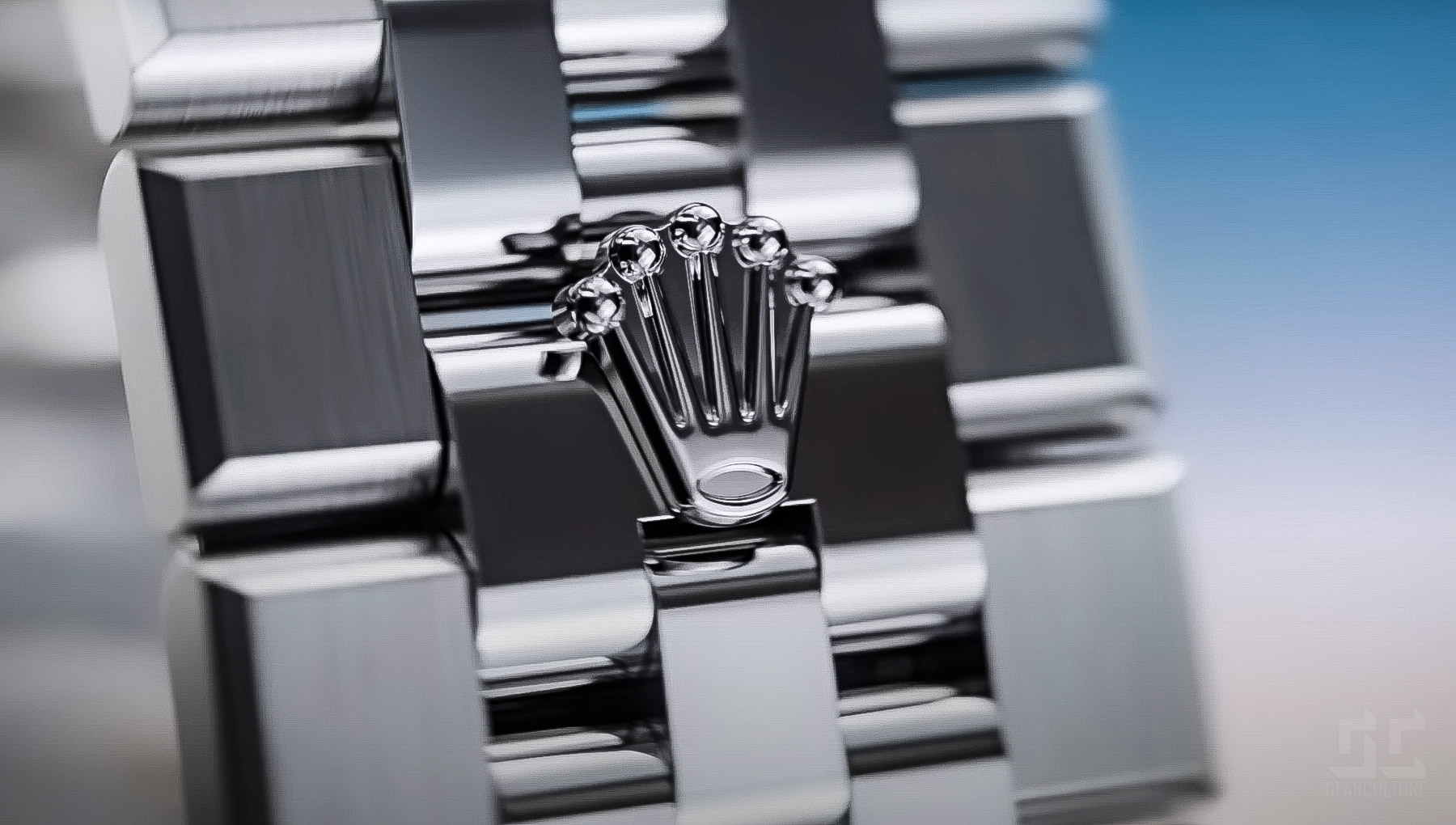
The official announcement comes on April 1st. The date isn’t lost on me – April Fools’ Day seems like a cheeky choice for such a serious reveal. Will it be called Land-Dweller? Will it feature that honeycomb dial? Will the natural escapement live up to its theoretical promises? In just days, we’ll have our answers.
Whatever it’s called, whatever it looks like in its final form, this watch represents Rolex acknowledging that even timeless design must occasionally evolve. For a brand built on consistency and tradition, that might be the most revolutionary statement of all.

